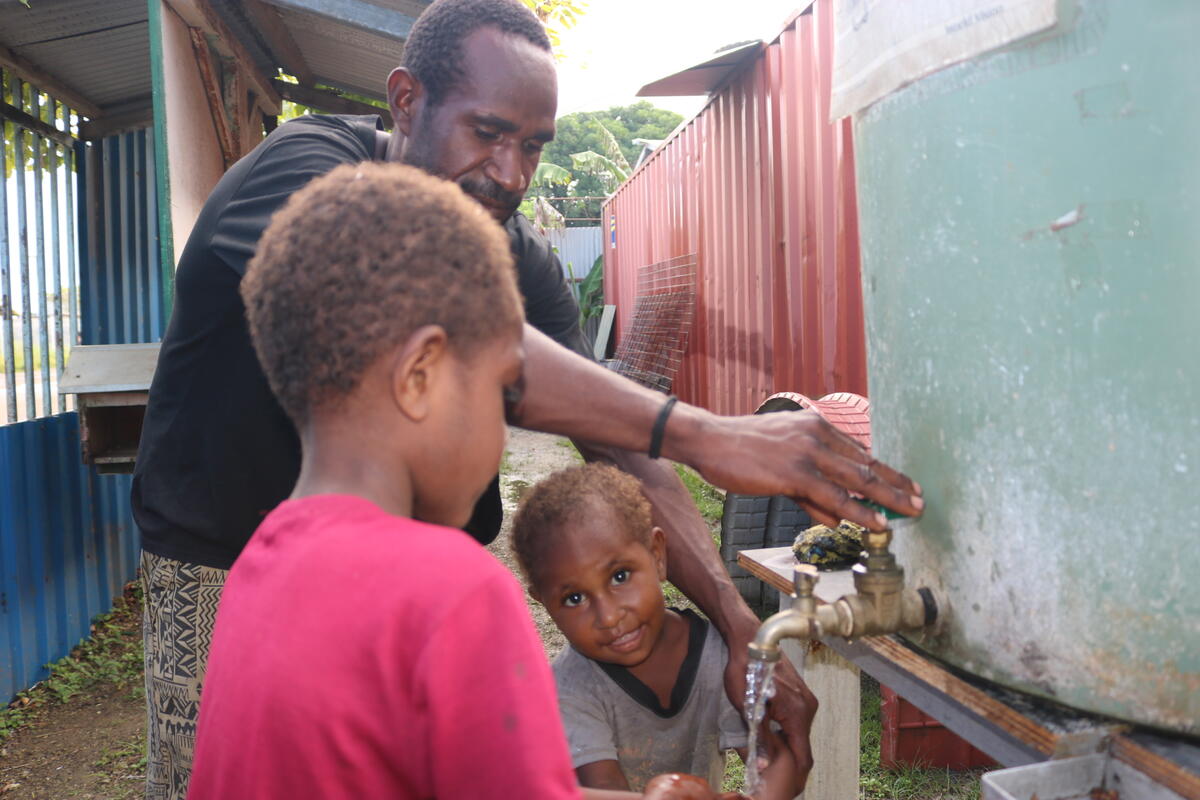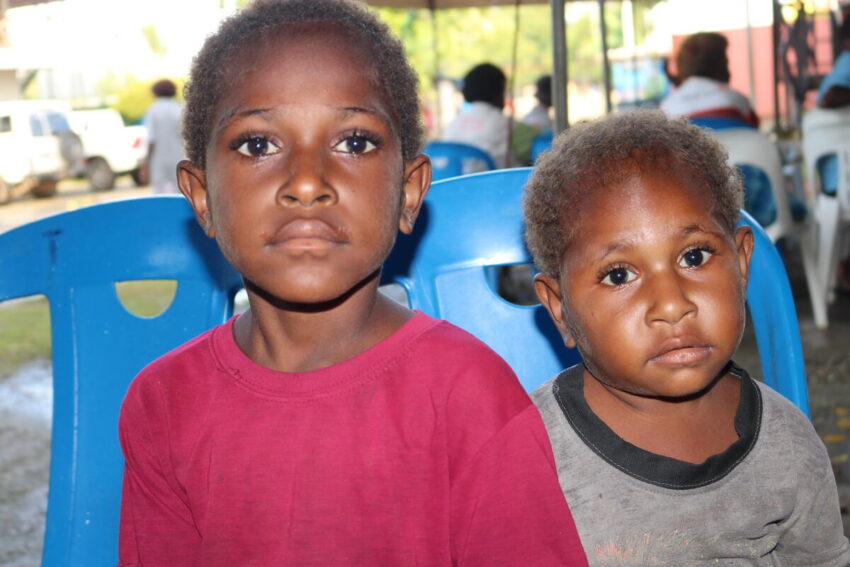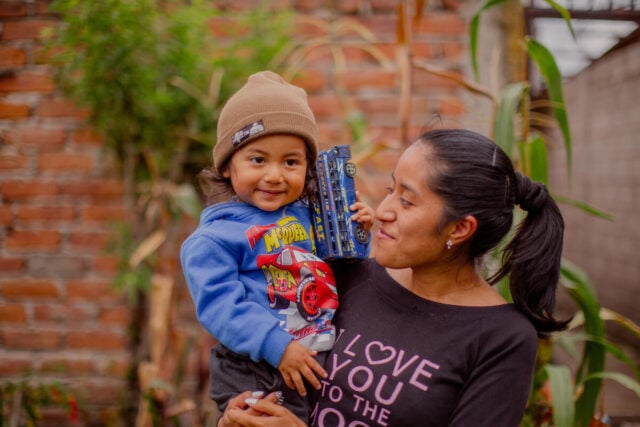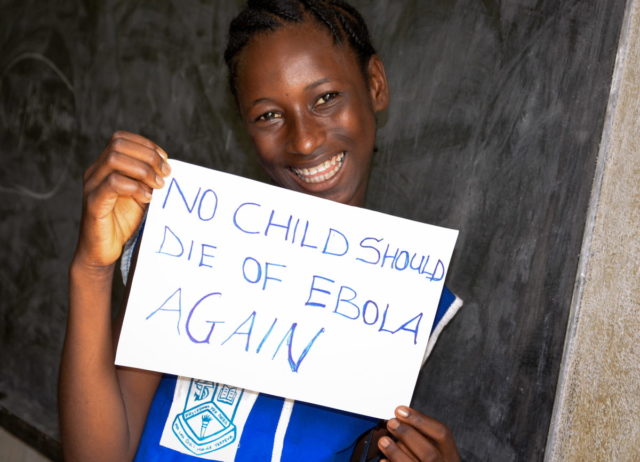Tuberculosis (TB), a disease eradicated decades ago in the U.S., remains a pressing global health threat, placing a significant burden on children. Despite being preventable and treatable, TB claims the lives of over 600 children under 15 every day. The World Health Organization reported an estimated 10.8 million global TB cases in 2023, 1.3 million of those being children, emphasizing the widespread impact of this airborne infectious disease across all countries and age groups.
Every year on March 24, we observe World Tuberculosis Day, commemorating Dr. Robert Koch’s 1882 discovery of Mycobacterium tuberculosis, the bacteria that causes tuberculosis.
Understanding TB is crucial, especially in children, where the disease develops rapidly. Here are five key facts:
- Global impact: Children account for 11% of all TB cases, with 1.1 million new cases each year. Multidrug-resistant TB (MDR-TB) poses a substantial threat to public health security. In 2022, only about 2 in 5 people with MDR-TB accessed intensive treatment.
- Vulnerability of younger children: Children under 5 are particularly at risk, facing rapid disease progression.
- Challenges in diagnosis: Children’s symptoms can be non-specific, making diagnosis difficult. Conventional diagnostic tools may not be as effective in detecting pathogens in their lungs.
- Unique immune challenges: Children are more likely than adults to develop extra-pulmonary TB, which is TB that affects organs other than the lungs.
- Treatment and prevention: TB in children is both preventable and treatable — and children respond well to prescribed therapies.

Despite challenges, World Vision aims to improve prevention, early detection, and proper treatment through our Global Fund programs while strengthening healthcare systems. In 2023, we supported over 176,432 people through our TB programs.
Chris Huber of World Vision’s U.S. staff contributed to this article.


